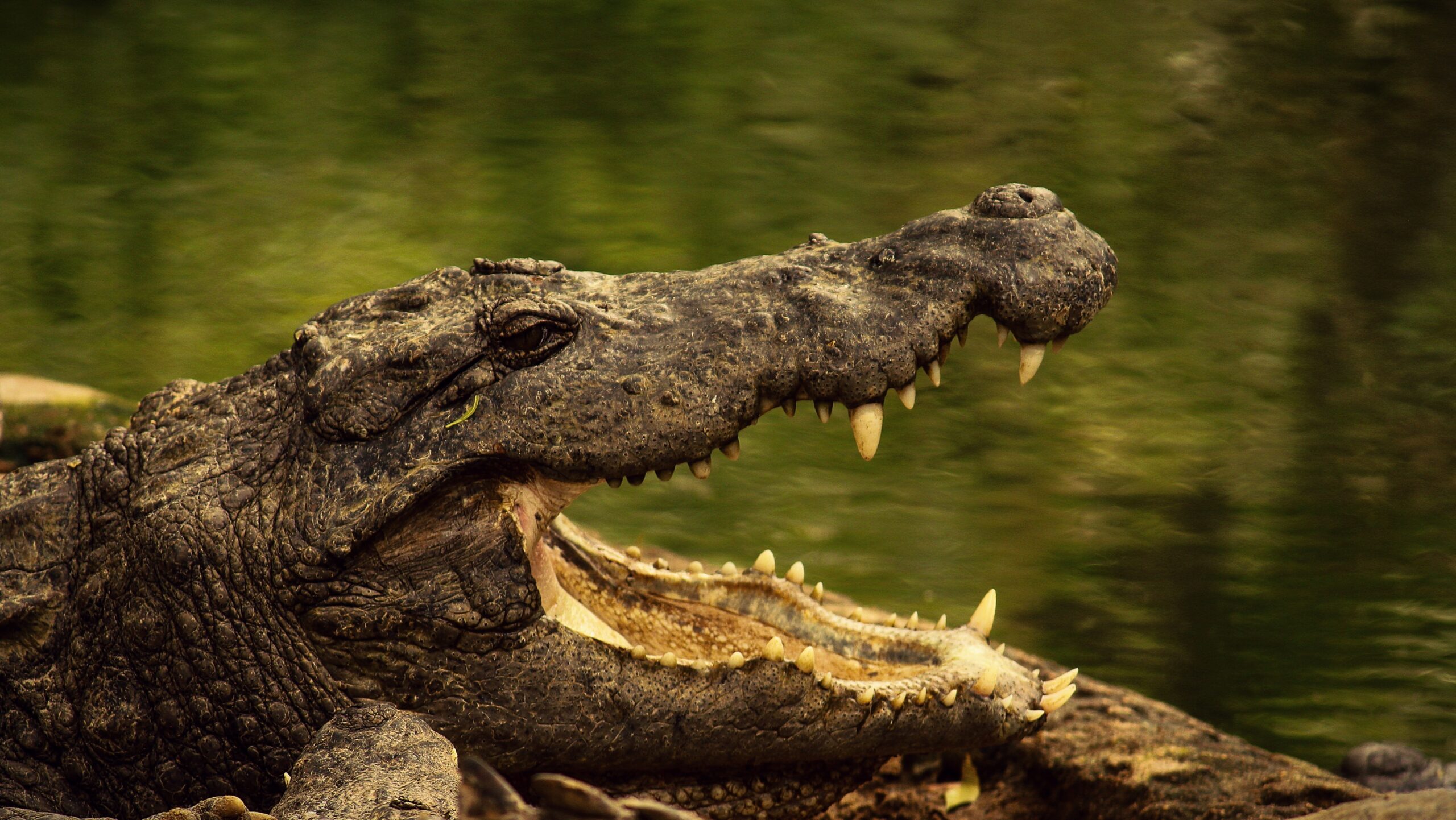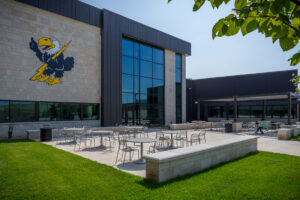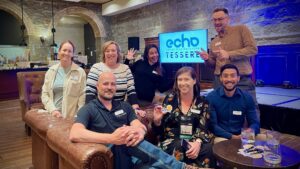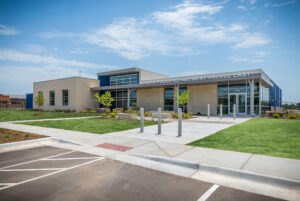While safety is a priority in every workplace, approaches to creating safe environments vary by industry, company, and manager. In manufacturing, safety checks, risk assessments, and “lock-out-tag-out” procedures are vital to promoting a culture of safety around machinery. In this conversation, Molly Leitner, Industrial Development Manager at Manufacturing Works, Dave Ruhl, Vice President of Campus Planning, Cheyenne Mountain Zoo, and Erin McNally, Director of Crisis Response, GRAZE, exposed surprising parallels between risk assessment and risk mitigation strategies from manufacturing to zoos.
Key Takeaways:
Cultivate a Culture of Safety with Inclusive Systems
In the manufacturing facilities Molly has worked in, “safety is everyone’s responsibility” isn’t just an empty expression, it’s systemic practice. Safety audits are regularly scheduled to be simultaneously conducted across the facility and built into the workday, like emergency response drills. And instead of area audits being conducted only by those intimately familiar with the area, staff from unrelated areas are included to provide an outside and balanced perspective. Together, using a risk assessment matrix, they rate the risk probability and severity and provide their report to management with recommendations for review and prioritization. A collaborative and solution-driven approach is also critical following an incident; in Dave and Erin’s experience, organizations and teams who put fault, pride, and previous practice aside during a safety audit are stronger and safer for it. There has been a movement towards Just Culture in many zoos and aquariums; in what ways can organizations continue to cultivate a culture of safety through systems that empower staff to report concerns, feel heard, and proactively implement solutions?
Balance Your Response to Existing Safety Issues
When safety is in question, everything can feel urgent. And if a situation is escalating – it is. Erin advises anyone in an imminently unsafe situation to “educate or vacate”. Three powerful words – “I feel unsafe” – will (should!) spark critical communication or a change in course. If it doesn’t, remove yourself from the situation and follow-up later.
When risks are preemptively identified, leaders in any industry are faced with balancing resources and competing priorities. Using a risk assessment matrix and safety audit process that involves the teams who deal with the issues every day alongside peers who can challenge biases enables leaders to make data-driven decisions. On Molly’s team, analyzing all audit responses revealed the factory’s top 10 safety concerns, which they subsequently ranked and addressed in a factory-wide campaign. To be transparent, the full audit results and an outline of the process were detailed in the campaign launch, building buy-in and ownership among the team.
Molly, Erin, and Dave acknowledge the reality that safety measures tend to cost money, take time to assess and implement, and can slow a process or task. But injuries do, too, and investing proactively in safety and risk mitigation may quite literally save a life.
Design for Safety to Reduce Human Error
Humans are fallible, and by sharing the “Swiss Cheese Model” of safety, Erin and Dave demonstrated the importance of successive barriers and safeguards in shrinking the potential for human error. We see examples of this in manufacturing and other industries; Molly shared strategies in factories that clearly translate to the zoo & aquarium environment – clear markings on floors that denote safe areas, changing light colors that indicate the approach of a forklift, lock-out-tag-out procedures around energized machines, brightly color-coded doors (with color meanings explicitly consistent throughout the facility), and signage with universal symbols to cross language and colorblind barriers.
Many facilities in zoos and aquariums are decades old and teams find themselves retrofitting spaces with modern safety measures. Doing so should not be deferred in anticipation of a new facility, but when organizations find themselves in the design of a new exhibit, Erin & Dave emphasize the need to help your architects understand potential safety concerns. In the conversation, someone shared the story of a brand-new facility that needed immediate renovation to remove solid walls that blocked critical views of high-risk areas. Your architects should be your partners in proactively designing for both human and animal safety; describe a day in the life of an animal care professional, an animal in its habitat, and guests in the surrounding area, play out possible scenarios when reviewing construction documents, even use computer renderings to experience a space virtually. It’s impossible to plan for every scenario, but building in safety mechanisms can greatly reduce the risk of incidents.
Physical Safety is Foundational to Psychological Safety
In the session, one organization shared a story of a new team member who said they could finally “sleep at night” now that they worked in a facility with thorough safety procedures and mechanisms in place. The lack thereof was a leading factor in their decision to leave their prior position. There is no amount of “self-care” that can make up for the emotional weight of feeling unsafe and when feeling unsafe, perception is reality. In the prevalent, perennial conversation surrounding staff retention, wellbeing, and mental health, a practice and culture of physical safety cannot be ignored.




